Your trees and shrubs are important to you. Unfortunately, you know that they have to withstand a lot of potential problems in the landscape. Not only do they have to stand up to tough weather conditions but they also have foes to face like disease and pests.
If you’re looking for ways that you can help, you might be wondering how to get rid of bugs on outdoor plants—or perhaps what can be done to control plant diseases.
We’ve rounded up a few tips to help you deal with both bugs and diseases so that you can keep your plants healthy at your Cincinnati, Dayton, OH or Northern Kentucky home.
Tip #1: Water Properly
Water is the lifeblood of all living things and in order to keep your trees and shrubs healthy, you need to water them (particularly when Mother Nature isn’t providing ample rainfall). However, people often fail to realize how important proper watering is, especially in regard to plant disease control.
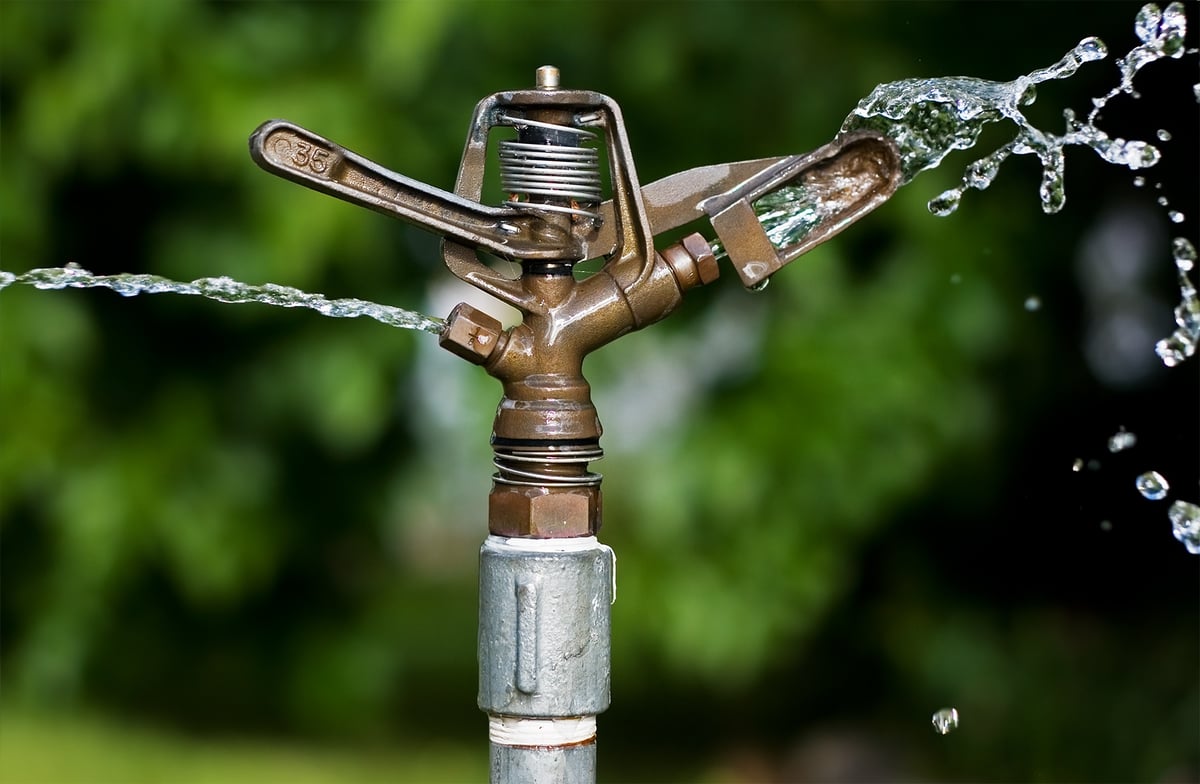
Overwatering your trees and shrubs to the point where the soil is always soggy can contribute to soil-borne diseases like root rot.
In addition, keep in mind that there is no reason to water the leaves of your trees and shrubs. In fact, watering from overhead may actually aggravate certain diseases. Instead, water at the roots using a soaker hose, which is an effective way to water since they’re porous and release water slowly. You could also use a regular hose set on a slow trickle or a drip irrigation system if you have one.
Tip #2: Keep Plant Beds Weeded and Trimmed
You probably already don’t like having weeds in your plant beds because they’re an eyesore. But what you might not realize is that weeds can also be a great hiding spot for bugs! Any overgrowth around your plants gives more hang-out spots for pests.
That’s why if you want to keep bugs off plants, you should keep up with regular weeding.
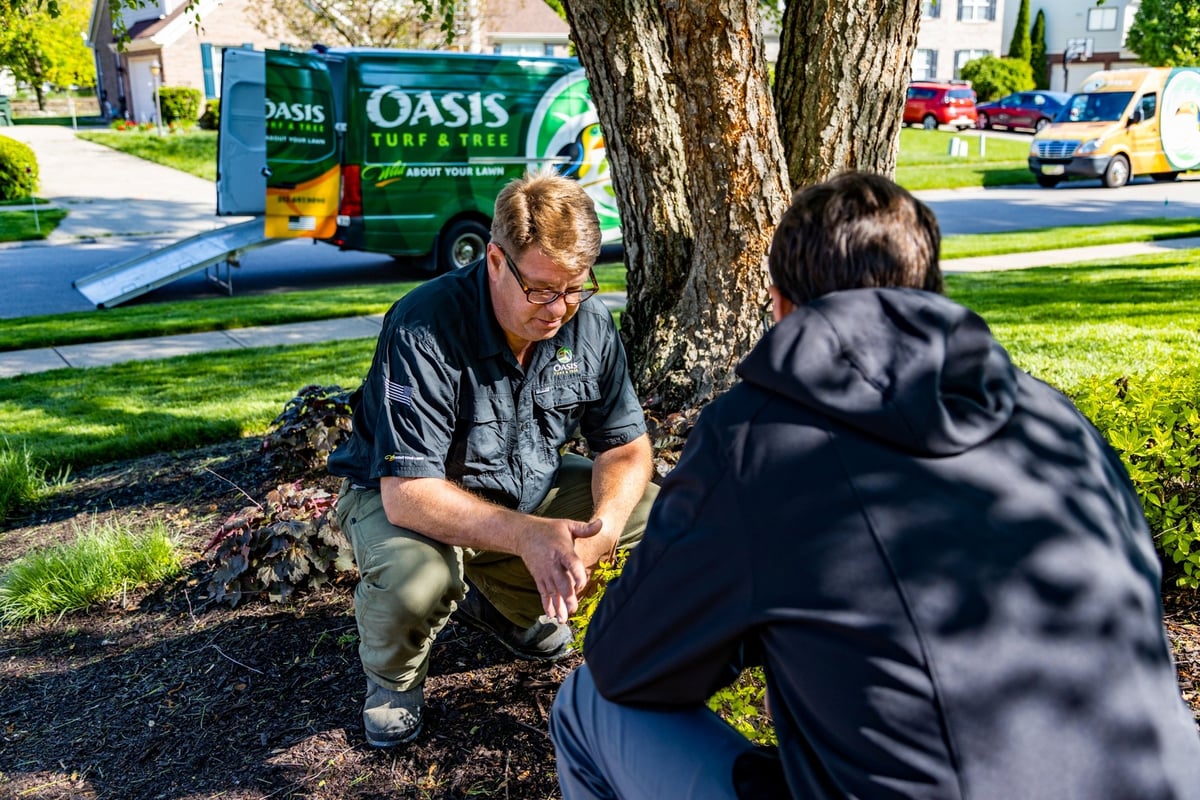
Of course, there are still bugs that will find their way to your plants even without weeds, but the more cleaned-up your plant beds are, the better. If pests do make their way to your plants, they can be examined and addressed. But if you have a whole plant bed full of weeds and overgrowth, it might be too much to even locate all the pests.
The same goes for pruning and trimming back overgrowth. It can help to keep the plants in your beds neat and tidy.
Tip #3: Make Smart Plant Choices
While this article is about how to control plant diseases and pest problems on existing plants, we would be remiss if we didn’t mention that anytime you’re adding new trees and shrubs, you should be thinking about diseases- and pest-resistant varieties to help set your landscape up for success.
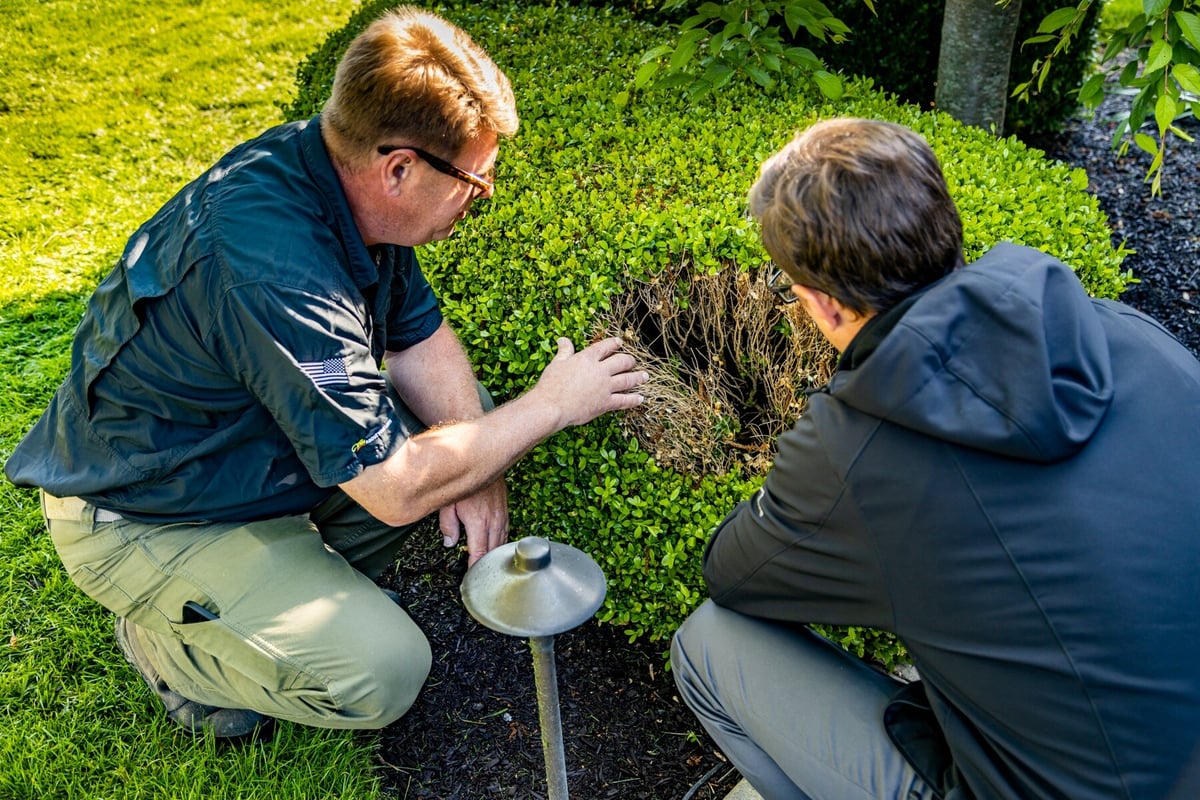
The fact is, some plants are simply more prone to problems. We often see Crabapples get Apple Scab, for instance. If you’re adding a Crabapple to your property, that might be something you’re going to have to deal with.
While you might have inherited an existing landscape when you purchased your home, going forward you can make choices that will mean fewer problems.
Tip #4: Invest in Professional Care
While some of these tips will help you to keep bugs away from plants and to deal with diseases, the fact is, you’re still going to deal with some problems. These tips might help to lessen them, but many diseases and pests are persistent.
That’s why you should also invest in Tree & Shrub Care.
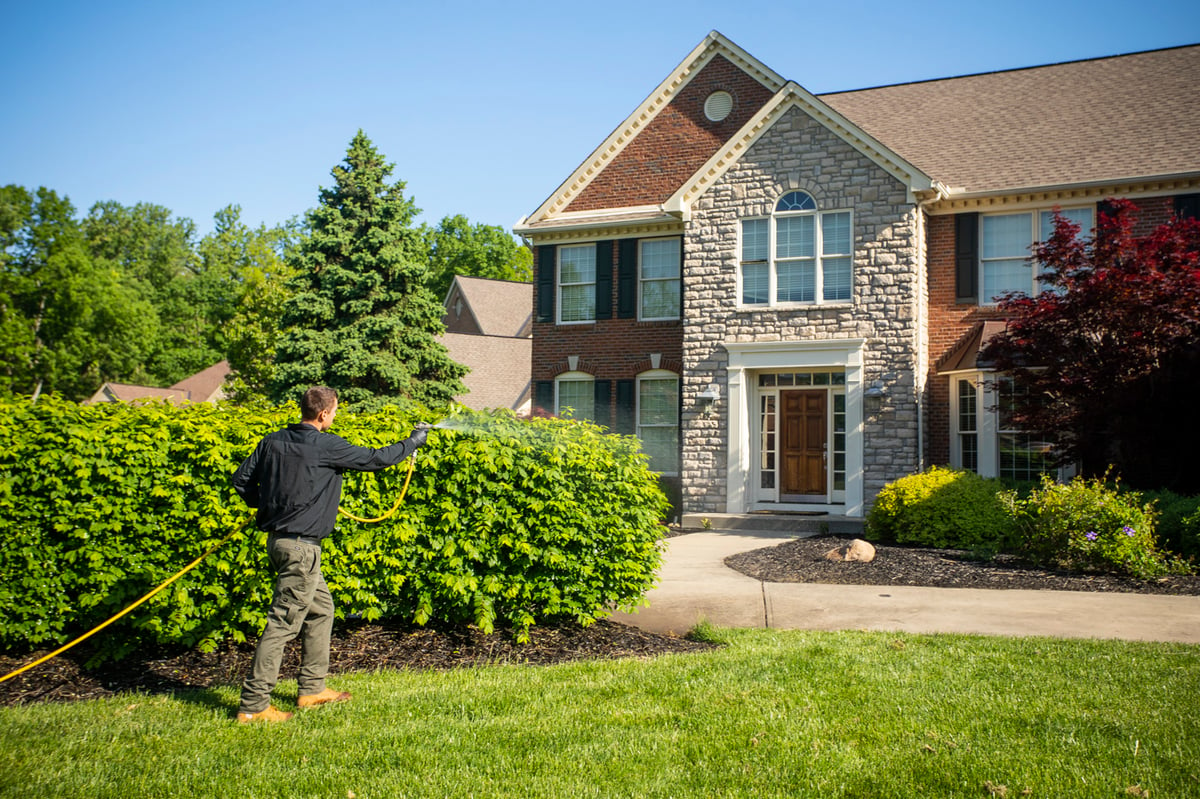
A professional technician will know what insects and diseases commonly occur on the species of plants on your property. With this knowledge as well as a thorough assessment of your plants, a program can be devised that involves both preventative treatments (to keep bugs away from plants) and curative solutions for problems you’re already dealing with.
An effective program will take a multi-product approach as there are different products needed for different diseases and pests.
In addition to treating the plants, the technician will also take steps to improve the health of your soil. That’s because healthy soil is your best defense against insect and disease problems.
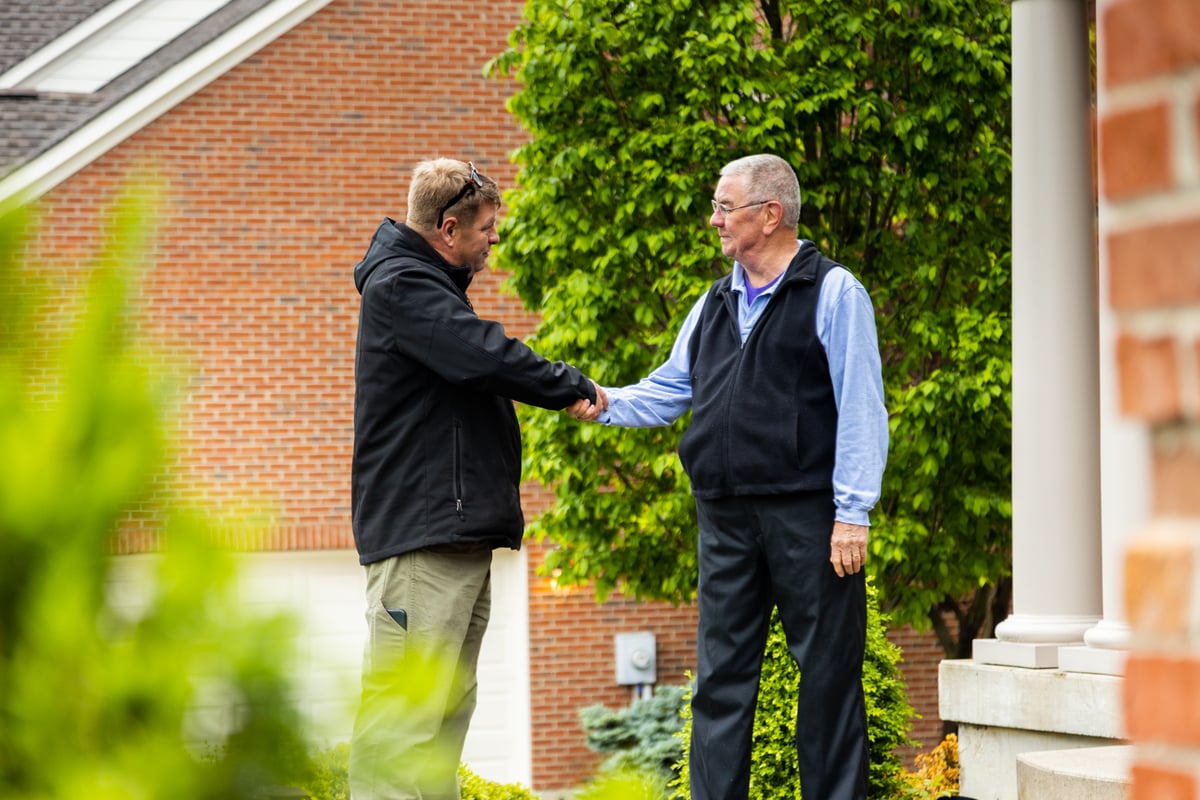
In fact, healthy soil can prevent many of these problems in the first place. A tree and shrub care company that provides the nutrients and beneficial microorganisms that your plants need to thrive with the use of deep root injections will help reduce the need for spraying control materials over time.
Relax Knowing You’re in Good Hands
Hopefully these tips have given you some ways that you can fight back against disease and pest problems at your Cincinnati, Dayton, OH or Northern Kentucky home.
But at the end of the day, when you also invest in professional help, you can gain peace of mind that many of these problems are being handled for you. A tree and shrub care technician should be able to provide you with cultural recommendations (like watering tips) that will help set you up for success. But ultimately, they’ll be the ones on the look-out and treating a variety of diseases and pests.
That means you can relax knowing you are in good hands.
At Oasis Turf & Tree, we know that our customers don’t hire us to treat their trees and shrubs. They hire us to take away the worries associated with their landscape.
If you want to find out more about tree and shrub health care for your Cincinnati, Dayton, OH, or Northern Kentucky home, call us today at 513-697-9090 to get your quote, let us help you choose a stand-alone Plant Health Care program or bundle it with other valuable services, then sit back and relax knowing that your trees and shrubs are in good hands.
